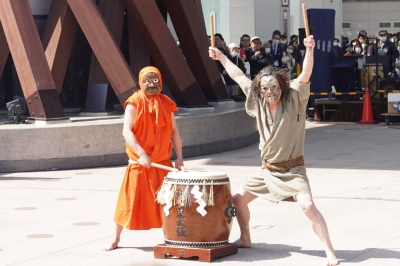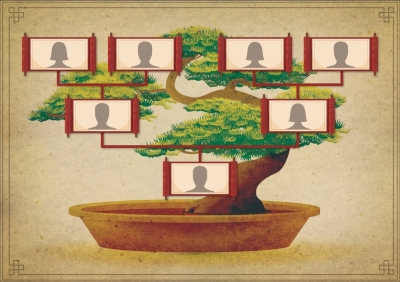HOGAKU TODAY
Jan 6, 2001
Dec 2, 2000
Nov 18, 2000
Oct 21, 2000
Oct 7, 2000
Sep 16, 2000
Sep 2, 2000
Aug 5, 2000
Jul 15, 2000
Jun 17, 2000
May 5, 2000
Apr 15, 2000
Apr 1, 2000
Dec 18, 1999















